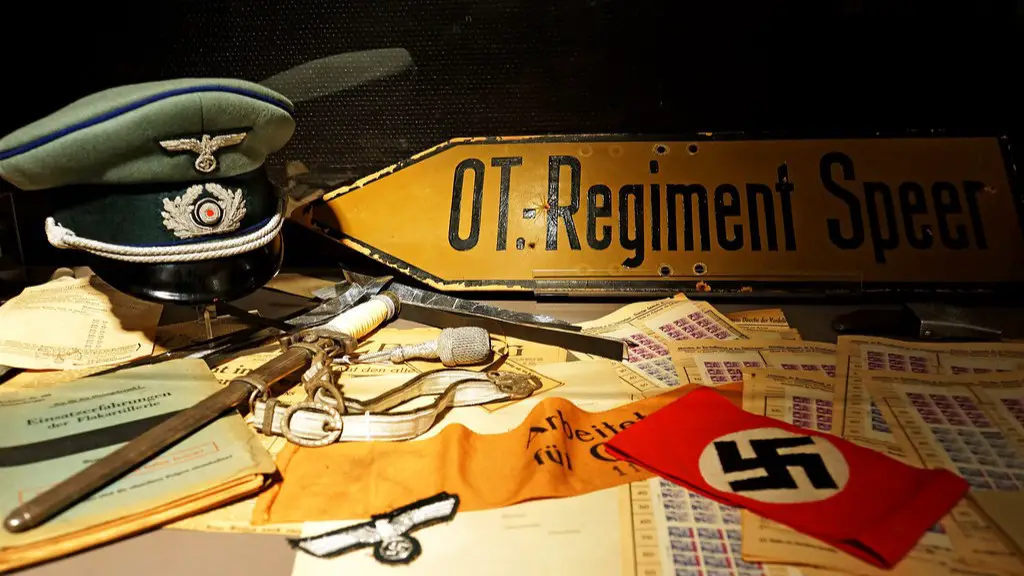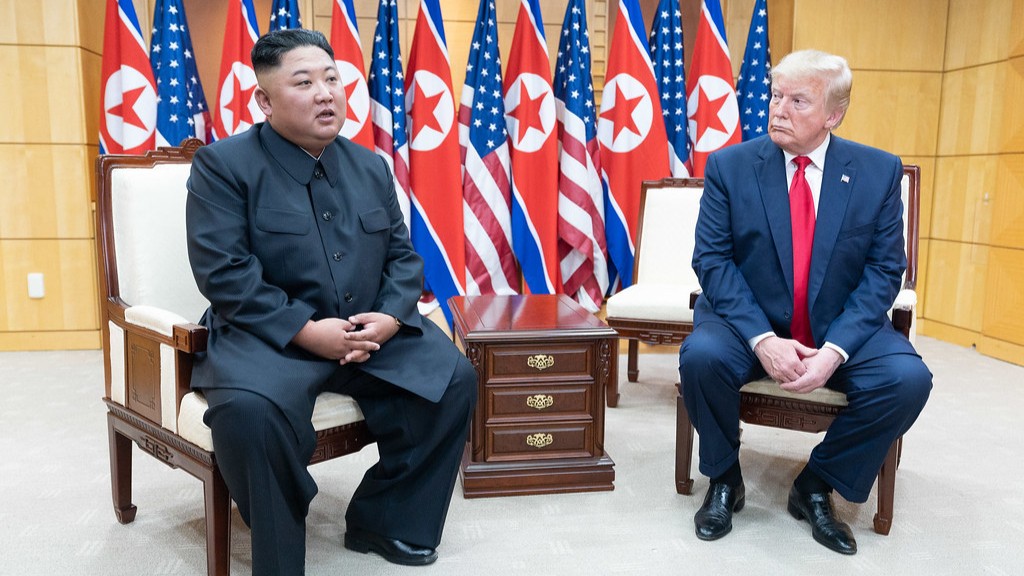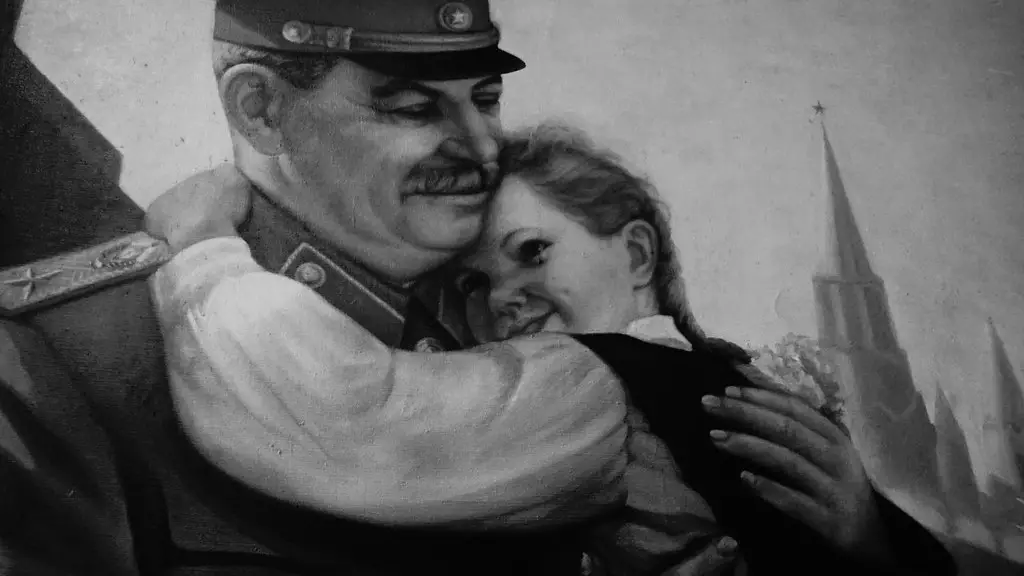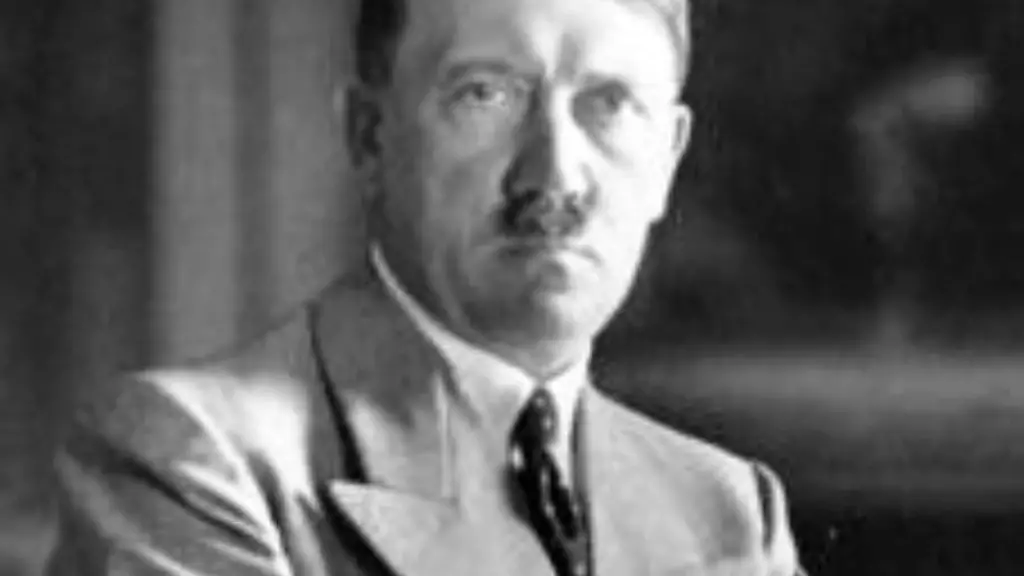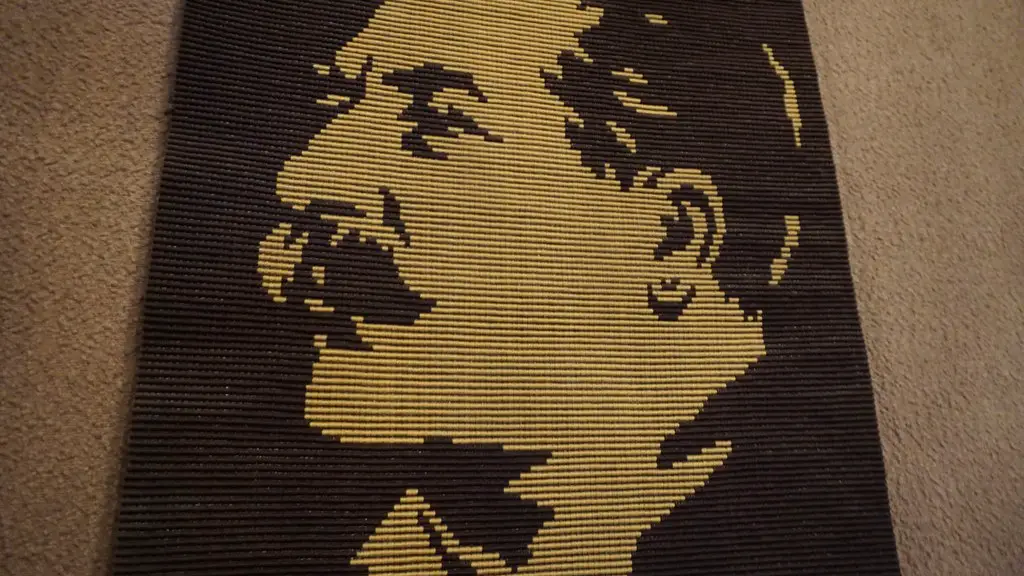Germany was in an economic depression when Adolf Hitler came to power in 1933. Many Germans were unemployed and desperate for change. Hitler promised to make Germany great again and improve the economy. He also appealed to nationalism and German pride. Hitler and his Nazi Party won support from many Germans by promising to return Germany to its former glory.
Adolf Hitler came to power in 1933 after being appointed Chancellor of Germany by President Paul von Hindenburg. Hitler’s rise to power was swift and largely due to his appeal as a strong leader during a time of political and economic turmoil in Germany. Hitler’s nationalist and anti-Semitic rhetoric, as well as his aggressive foreign policy, soon led to the outbreak of World War II.
What was Hitler’s title when he came to power?
Adolf Hitler was a German politician who was the leader of the Nazi Party, Chancellor of Germany from 1933 to 1945, and Führer (“Leader”) of Nazi Germany from 1934 to 1945. He initiated World War II in Europe by invading Poland on 1 September 1939. Hitler was born in Austria, then part of Austria-Hungary, and raised near Linz. He moved to Germany in 1913 and was decorated during his service in the German Army in World War I. He joined the German Workers’ Party (DAP), the precursor of the NSDAP, in 1919 and became leader of the NSDAP in 1921. In 1923, he attempted to seize power in a failed coup d’état and was imprisoned. In jail, he dictated the first volume of his autobiography and political manifesto Mein Kampf (“My Struggle”). After his release in 1924, he gained popular support by attacking the Treaty of Versailles and promoted Pan-Germanism, anti-Semitism, and anti-communism with charismatic oratory and Nazi propaganda. His Nazi Party won the greatest share of the popular vote in the two Reichstag general elections of 1932, making him Chancellor of Germany. He rapidly established a totalitarian regime known as the Third Reich.
Adolf Hitler came to power with the goal of establishing a new racial order in Europe dominated by the German “master race”. This goal drove Nazi foreign policy, which aimed to: throw off the restrictions imposed by the Treaty of Versailles; incorporate territories with ethnic German populations into the Reich; acquire Lebensraum (“living space”) for the German people; and exterminate or enslave the Jews, Slavs, and Romani.
What was Hitler’s car called
This is a very rare and unique car that was owned by one of the most notorious dictators in history. It is amazing that this car has survived all these years and is now being auctioned off. It will be interesting to see how much it sells for.
There is no definitive proof that Hitler had a son, but there is some evidence to suggest that he may have. Jean-Marie Loret, who was born in March 1918 and died in 1985, is believed to be Hitler’s son. Loret married several times and had as many as nine children. If Hitler did indeed have a son, it would be interesting to know more about him and his family.
What was Hitler’s ambition?
It is clear that Hitler had a strong desire for territorial expansion, which was motivated by his goals of reuniting the German people and securing Lebensraum. This ambition led to a number of aggressive actions on his part, including the invasion of Poland and the subsequent outbreak of World War II. While these actions ultimately led to the downfall of the Nazi regime, it is clear that Hitler was driven by a strong ambition to expand the territory under German control.
The economic crisis that swept across Europe in the 1920s and 1930s was a major factor in the rise of Adolf Hitler and his Nazi Party. The widespread economic misery, fear, and perception of worse times to come, as well as anger and impatience with the apparent failure of the government to manage the crisis, offered fertile ground for the rise of Hitler and his extremist ideology. The Nazi Party capitalized on the economic hardships of the times and was able to gain a large following among the German people. This ultimately led to Hitler’s rise to power and the horrific events of the Holocaust.
What were Hitler’s intentions for the Soviet Union?
Hitler had always wanted Germany to expand eastwards in order to gain Lebensraum, or “living space,” for its people. After the fall of France, Hitler ordered plans to be drawn up for an invasion of the Soviet Union. He intended to destroy what he saw as Stalin’s “Jewish Bolshevik” regime and establish Nazi hegemony.
The Canadian War Museum is a national museum located in Ottawa, Ontario, that is dedicated to preserving Canada’s military history. The museum’s collections include artifacts, paintings, photographs, and film footage from various conflicts in Canadian history, such as the Seven Years’ War, the War of 1812, the Crimean War, the North-West Rebellion, the South African War, World War I, World War II, and the Korean War. The museum also has a section dedicated to the Canadian Peacekeeping Mission in Cyprus.
What was Hitler’s tank called
The Panther tank was one of the most successful German tanks of the Second World War. It was well-armoured and had a powerful engine, making it a tough opponent on the battlefield. The Germans used Panthers to great effect during the Battle of Kursk in 1943, where they inflicted heavy losses on the Soviet forces.
The Koenigsegg Jesko is our first hypercar that hits the three million dollar mark. From a performance aspect, this makes sense: the Koenigsegg Jesko is also one of the fastest supercars in the world in 2023 – which definitely goes a long way towards its sticker price.
What is Hitler’s illness?
It has been proved that Adolf Hitler suffered from idiopathic Parkinson’s disease. This means that his Parkinson’s was not caused by an infection or injury, but by an unknown factor. No indication for postencephalitic parkinsonism was found in the clinical symptoms or the case history. This means that Hitler’s Parkinson’s was not caused by an inflammation of the brain.
August Kubizek was a close friend of Adolf Hitler during their youth in Linz, Austria. Hitler often spoke of Kubizek with great fondness, and Kubizek’s memoirs, written at Hitler’s request, provide a rare and intimate insight into the early life of the future Führer. Kubizek died in 1956, at the age of 68.
Is Adolf still a common name
The name Adolf became very unpopular in German-speaking countries after the Nazi dictator came to power in 1933. The name briefly spiked in popularity, but after 1942 it became increasingly unpopular. By 1951, the name was rarely used anymore.
1. The rise of Hitler: Upon achieving power, Hitler immediately set about consolidating his hold on Germany. He crushed internal opposition, signed a series of alliances with fascist Italy and Japan, and launched a massive rearmament program.
2. The Treaty of Versailles: The treaty that ended World War I included a number of punitive provisions that led to the rise of Hitler. The most important of these was the “war guilt” clause, which placed all the blame for the war on Germany.
3. The rise of fascism in Italy: Mussolini’s fascist regime in Italy served as a model for Hitler’s government in Germany. Mussolini’s aggressive expansionism also played a role in leading to World War II.
4. Japanese expansionism: Japan’s imperial ambitions in Asia led to a series of conflicts with China in the 1930s, which in turn led to Japanese alliances with Nazi Germany and Italy.
5. Economic depression: The worldwide economic depression of the 1930s lent support to the rise of Hitler and other dictators. The economic hardship also led to the proliferation of aggressive, expansionist regimes around the world.
6. Anti-communism: The rise of the Soviet Union as a major power after World
How did ww2 end?
With the German armed forces surrendering unconditionally to the Allies on May 7, 1945, the end of World War II was officially in sight. The surrender went into effect the next day, May 8, and most parts of Europe were officially at peace. This marks a significant turning point in history, and the world can now look forward to a future without the specter of war looming overhead.
Germany definitely did not start World War I, Serbia did. However, Germany may have played a role in causing the war by supporting Austria-Hungary in their conflict with Serbia. Additionally, Germany’s actions in the years leading up to the war, such as the formation of the Triple Alliance and the annexation of Belgium, contributed to the tense international atmosphere that led to the outbreak of hostilities.
Final Words
Adolf Hitler had a long and complicated history before he ever became the dictator of Germany. He was born in Austria in 1889, and his early years were spent in a strict household where he was expected to follow his father’s footsteps and become a civil servant. However, Hitler had other plans. He moved to Germany in 1913 to pursue his dream of becoming an artist, but when World War I broke out he enlisted in the German army. He proved to be a brave and courageous soldier, and was awarded the Iron Cross for his actions on the battlefield.
After the war, Hitler returned to Germany and became involved in politics. He joined the National Socialist German Workers’ Party, better known as the Nazi Party, and quickly rose through the ranks. He was an excellent public speaker and was able to gain a large following of supporters. In 1933, Hitler was appointed Chancellor of Germany, and it was through this position that he was able to gain more power and control.
Hitler quickly began to implement his plans for Germany. He passed laws that took away people’s rights, and he began to persecute those who did not agree with his views, including Jews, Romani people, homosexuals, and others. He also started to build up the German military
In conclusion, Adolf Hitler came to power through a mix of his abilities as an artist, a WWI veteran, and a skillful orator. His ability to connect with people, particularly those who were feeling lost and upset in the aftermath of WWI, allowed him to gain a loyal following. This, combined with his political savvy and the power vacuum after the Weimar Republic’s collapse, allowed Hitler to become Chancellor of Germany in 1933.
